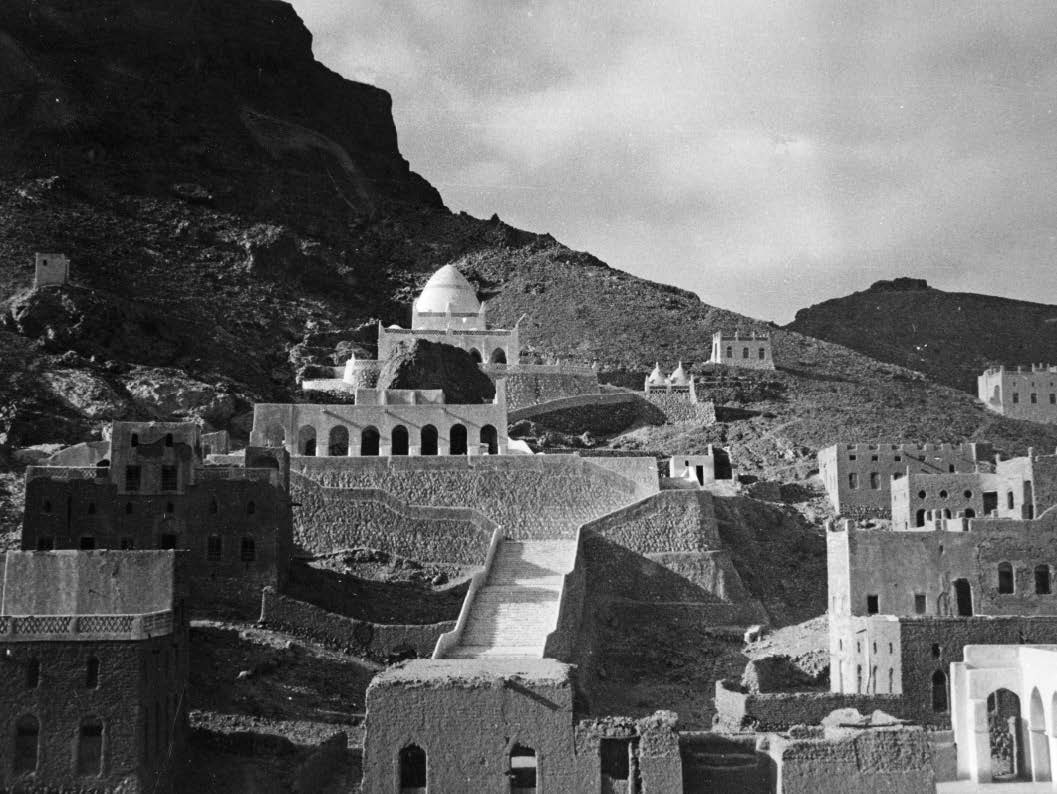Qabr Nabi Hûd, le sanctuaire d’un prophète préislamique

Qabr Nabi Hūd, le sanctuaire d’un prophète préislamique.
Christian DARLES
Numerous Muslim sanctuaries can be found in the valleys of Ḥaḍramawt. The most famous is the tomb of Hūd, a prophet worshipped in the Koran. This complex sanctuary is the site of a major pilgrimage, which gathers worshippers from afar. The tomb and the urban surroundings reproduce the morphology of the Pre-Islamic sanctuaries in the region, which constitutes a distinctive feature. They are built on the cliff walls with complex access systems.
This chapter focuses on the description of this site of pilgrimage in 1980, whereas, in the same book, Werner Daum analyses the rites and cults relative to Nabī Hūd. The successive transformations of the tomb and of the city that surrounds it testify to the vitality of the cult of the Saints in this oriental part of Yemen, which has a strong cultural and religious autonomy.
Qabr Hūd, as a variant of an architectural type developed in the very beginning of the fi rst millennium before Christ in the region of wādī Ḥaḍramawt, shows the permanence of the sanctuaries typology, and a persistent morphology of the city which surrounds it, while accepting major constructive and architectural modifi cations: for instance the great cupola which protects the tomb only dates from the 19th century.
Plus d’informations sur le site Academia